-
Chandrakant 'CK' Isi
19th Jun 2012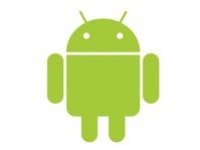
The Android OS is currently dominating the smartphone market. Its share in tablet space has also been noteworthy. Have you ever wondered, how it all started? Contrary to assumptions, this OS was the product of a lesser known startup called Android Inc. This small company was then bought by Google for pursuing its smartphone ambitions. The search giant has since added many products and ideas to the platform, and befriended the OHA (Open Handset Alliance) alongside brands such as LG, HTC, T-Mobile, Samsung, Motorola, and Intel. The first consumer friendly iteration of the OS was called Angel Cake. Interestingly, Google has named all the versions in an alphabetic order.
Android 1.0 (Angel Cake)
The first version of the open source software was released back in 2008. The OS along with its launch device, HTC Hero (also known as T-Mobile G1) was received very positively by the reviewers. The platform grabbed eye-balls of the developer community in no time. After that, the only way Android could go, was up.
Android 1.1 (Battenberg)
In Feb 2009, version 1.1 was released. Although it took almost a year to materialise, it wasn't a major update. The Battenberg, only ironed out existing bugs and allowed users to save attached documents. In addition to that, the software was also optimised to run smoother. It was after this update that the development of this open-source software picked up speed.
Android 1.5 (Cupcake)
Launched in April 2009, Cupcake offered video recording capabilities, widget support, and animated transition effects. The OS also got the A2DP profile, which enables stereo Bluetooth support. The onscreen keyboard recieved text prediction, and the users could now upload content directly to sites such as YouTube and Picasa.
Android 1.6 (Donut)
The third and last software update of 2009, Donut, came in out September. It brought many improvements to the Android Market. It also introduced the Mark All option in the gallery. Additionally, screens with 800x480 were also supported by the platform. Apart from that, the OS also made way for voice search functionality.
Android 2.0 \ 2.1 (Eclair)
Eclair came with a revamped UI and support for animated wallpapers. Camera features including digital zoom, macro, and white balance were added. The browser got a facelift and HTML5 support. Additionally, Bluetooth support was bumped up to version 2.1.
Android 2.2 (Froyo)
Released in the summer of 2010, Froyo (short for FROzen YOghurt) was a huge improvement over its predecessor in terms of performance. The users could now finally install the apps on a memory card. Additionally, support for 720p screens, USB and Wi-Fi tethering made it to Android. With the Adobe Flash 10.1 integration, devices running on this OS could handle web videos through the browser.
Android 2.3 (Gingerbread)
Gingerbread landed by the end of 2010. This version of the Android offered the support for relatively large screen-sizes, gyroscopes, and even barometers. It also brought native internet telephony and video chat capabilities. Google also introduced the much-hyped NFC (Near Field Communications) feature along with improved power management.
Android 3.0 (Honeycomb)
For the first time Google released a software that was totally focused on tablets. This version, released in 2011, came up with a fresh UI that depended more on software buttons. It also introduced hardware acceleration to the platform. On the multimedia front, the OS could support FLAC files. Moreover, it supported external input devices such as keyboards and mice.
Android 4.0 (Ice Cream Sandwich 4.0)
In 2011, Google took a U-turn from its earlier vision of having two different versions of Android, one for tablets and other for the smartphones. The latest Android 4.0 is designed to play nice with both phones as well as slates. This update is claimed to be the most enhanced version of the platform with full support for multi-core CPUs.
Evolution Of Android: From Angel Cake To Ice Cream Sandwich | TechTree.com
Evolution Of Android: From Angel Cake To Ice Cream Sandwich
How the world's most popular mobile platform got sweeter with each serving.
News Corner
- DRIFE Begins Operations in Namma Bengaluru
- Sevenaire launches ‘NEPTUNE’ – 24W Portable Speaker with RGB LED Lights
- Inbase launches ‘Urban Q1 Pro’ TWS Earbuds with Smart Touch control in India
- Airtel announces Rs 6000 cashback on purchase of smartphones from leading brands
- 78% of Indians are saving to spend during the festive season and 72% will splurge on gadgets & electronics
- 5 Tips For Buying A TV This Festive Season
- Facebook launches its largest creator education program in India
- 5 educational tech toys for young and aspiring engineers
- Mid-range smartphones emerge as customer favourites this festive season, reveals Amazon survey
- COLORFUL Launches Onebot M24A1 AIO PC for Professionals








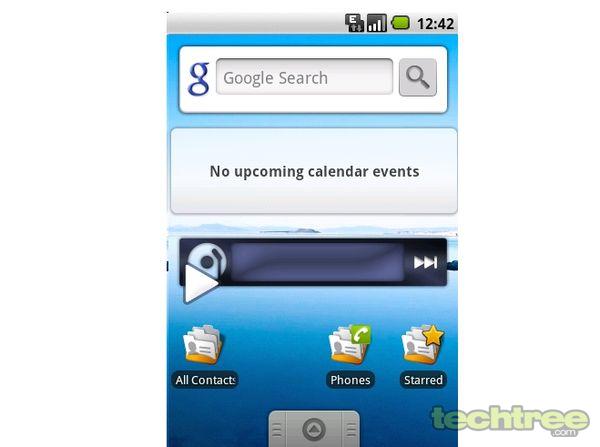
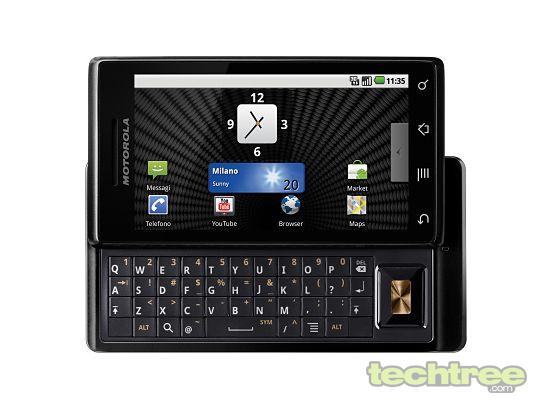
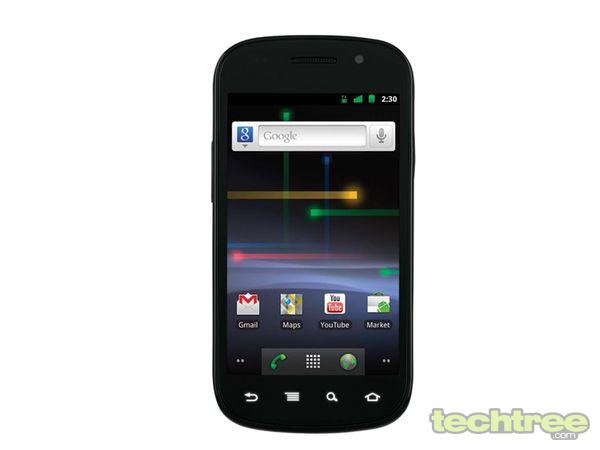
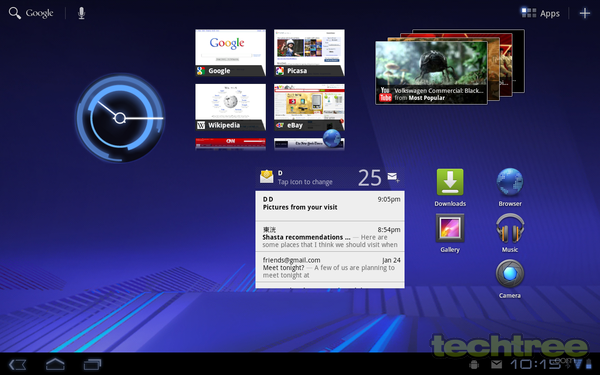
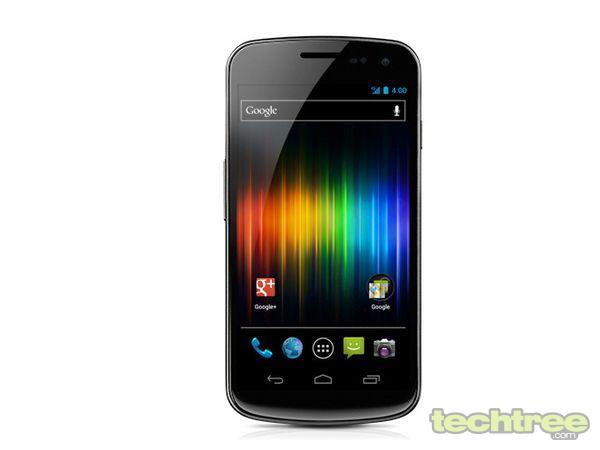
Reader Comments (7)